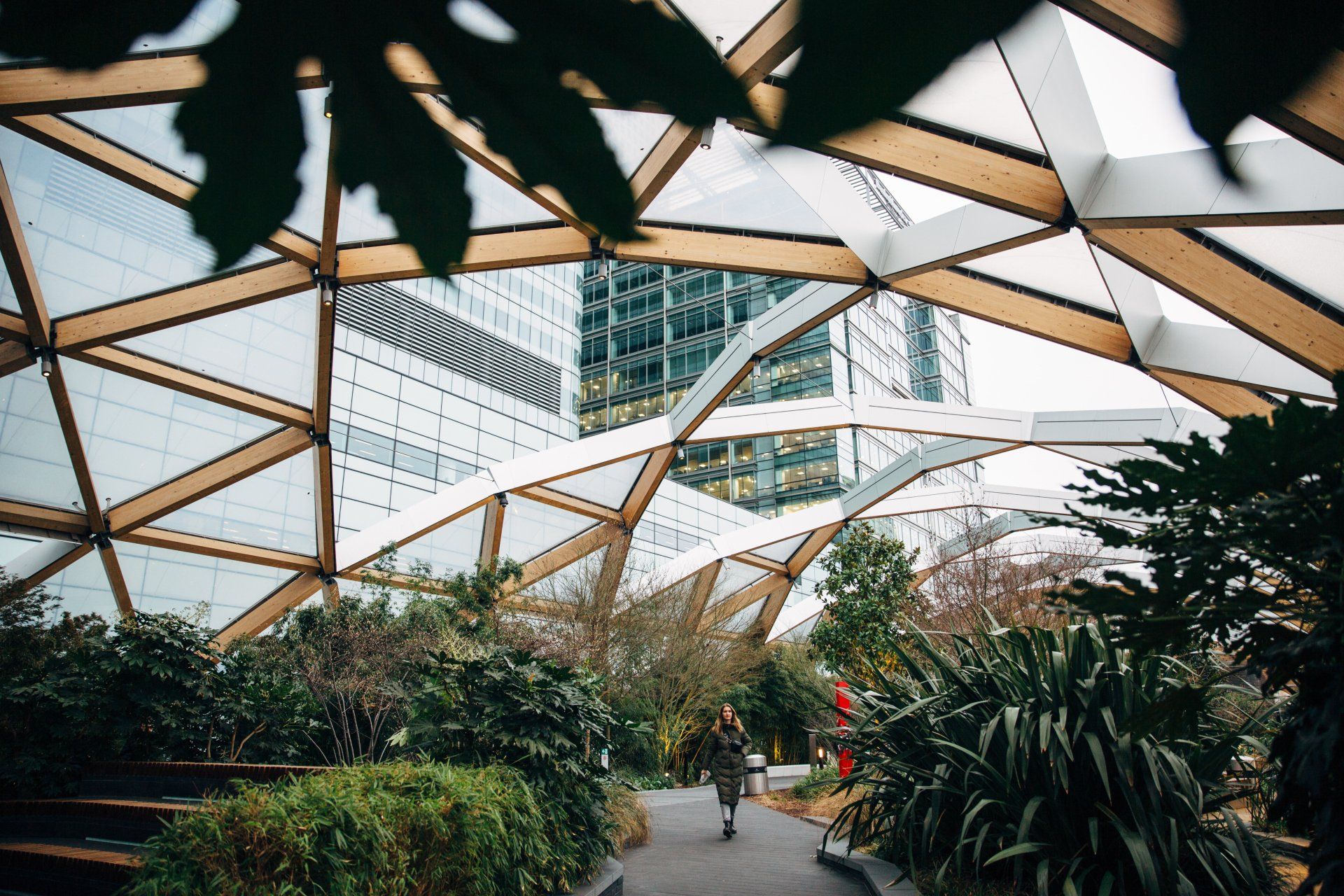2021 was an important year for energy sustainability, supported by a series of UK energy policies and plans.
The last 12 months have been unpredictable for the energy sector and businesses alike as they’ve adapted to the ups and downs of the pandemic. COP26, supply chain pressures and the energy crisis were all key talking points this year. Let’s take a look at 2021 in review, how the year has impacted businesses and what could be on the horizon for the energy industry in 2022.
COP26
The 26th annual UN Climate Change Conference was among the biggest news of the year, not just in the energy sector – but for businesses and consumers alike. The world watched as international leaders met in Glasgow for fourteen days of negotiations, where they agreed to continue accelerating action towards the goals of the Paris Agreement. This commitment, made in 2015, bought about a common goal to limit global warming to 1.5 °C.
Following COP26, Centrica are developing plans to invest up to £100 million in large solar assets globally by 2025[1] and we’re continuing to strengthen our renewable energy offering for customers. With the UK aiming to achieve net zero by 2050 (the balance between the amount of greenhouse gas emitted and the amount removed from the atmosphere), many medium and large businesses tend to be more engaged with sustainability. Our research found that 70% of businesses with an energy spend of >£50k have a decarbonisation strategy. But at the same time, they expressed concerns that reducing emissions would impact their bottom line.
Moving into 2022, it’s clear that the energy sector needs to work hard to help customers understand the energy transition and how they can develop a more sustainable energy strategy. Change is rarely easy, and the disruption associated with energy improvements may seem daunting to businesses – but it’s essential in helping the world achieve goals in line with the Paris Agreement. We’re already supporting medium and large organisations with their sustainability strategies, but we’re proud to be helping smaller organisations take their first steps in decarbonising their business too. By taking steps to
pursue net zero now, they know they will make their organisations more resilient, competitive and sustainable in the long term.
The big energy crunch
Multiple factors created a perfect storm that led to the energy crisis that began in 2021. Demand for gas continues to rise as the world recovers from the pandemic, but supplies remain limited, and prices have been pushed to record highs.
Overseas influence was part of the cause, as Europe increasingly relied on gas imports from Russia and Norway while their own production was in decline. The demand for energy in China increased by 8.4% over the last 12 months,[2] meaning that shipments of gas turned from Europe towards China, further contributing to the energy crunch.
In the UK, there are ongoing efforts to improve the energy infrastructure, but there is still a lot of work to be done. Ageing nuclear power plants have been forced to undertake unplanned outages for maintenance, which could take months or even years to complete. On top of this, a main power cable used to import electricity from France has shut down after a fire and the UK’s wind turbines have slowed during some of the least windy months since 1961.[3]
Now that we’ve moved into 2022, many UK businesses will hope to see the government turn their attention to the energy infrastructure, ensuring that the country can become confident in its own energy supplies in the future.
How has 2021 affected energy prices?
In our quarterly report, we looked at how mounting supply chain pressures and spiralling costs of raw materials were stoking inflation and leaving businesses and households facing a difficult truth – energy prices were on the rise. Europe saw a 600% increase in gas prices in 2021[4]– so it’s fair to say that energy prices have been hugely affected over the last 12 months. Gas price hikes also had a knock-on effect by pushing up the prices of energy-intensive metals like nickel, steel and silicon. Plus, fertiliser – made from natural gas – has also jumped in price, affecting industries globally.
For businesses who rely on purchasing these materials, their budget has taken a big hit. Production has been halted at two large UK fertiliser plants[5] and China announced the suspension of fertiliser exports until June 2022[6], meaning that businesses aren’t just concerned about damage to their budget – they’re also worried about availability and supply chain pressures.
British Gas and Centrica Business Solutions
As leaders in energy supply and solutions, we’re committed to delivering a sustainable future. We’re already working with many businesses to deliver their decarbonisation strategies, by helping them to better manage their energy use and consumption or connecting them to new technologies that will help make the net zero ambition a reality. We’ll combine our knowledge and expertise to provide you with the support you need to lower your carbon emissions.
For more information on the current state and future predictions of the energy market, or for energy support from our expert team, get in touch below.
Sources
[1] https://infohub.business.britishgas.co.uk/cop26-helping-businesses-to-decarbonise
[2] https://www.theguardian.com/business/2021/sep/21/what-caused-the-uks-energy-crisis
[4] https://www.weforum.org/agenda/2021/10/5-facts-europe-energy-crisis/
[5] https://www.ft.com/content/b2e7b6ed-fa14-48e1-a463-4d3b09c654dd



